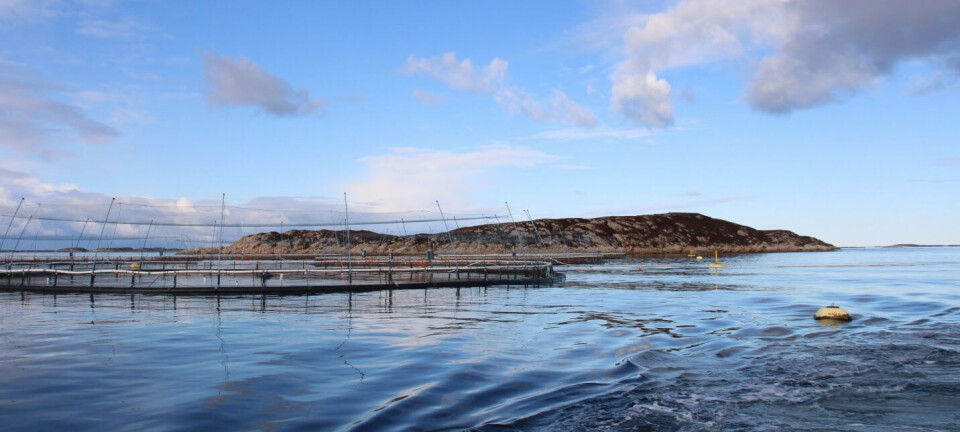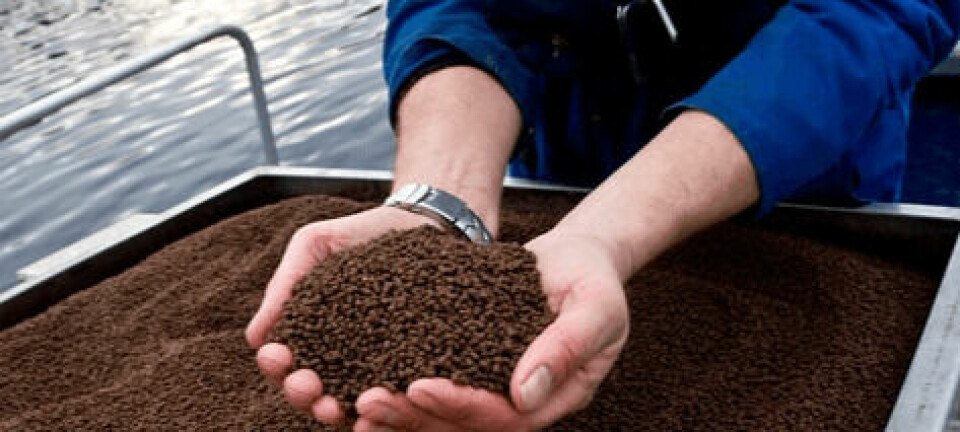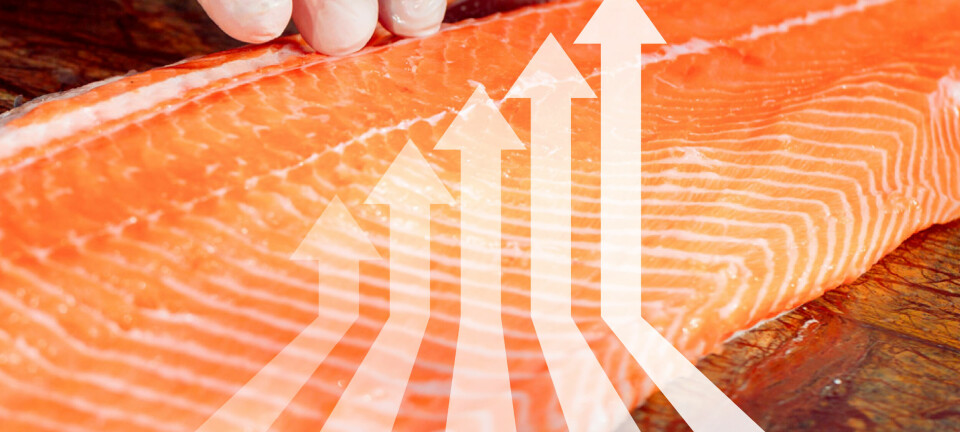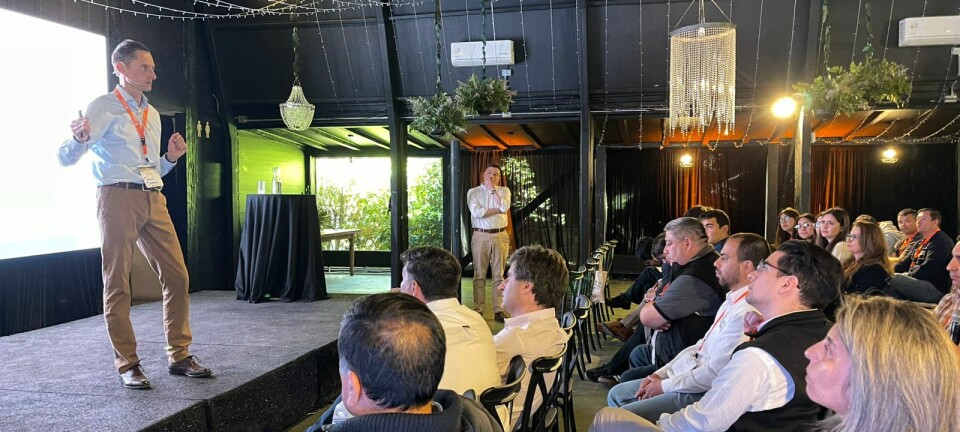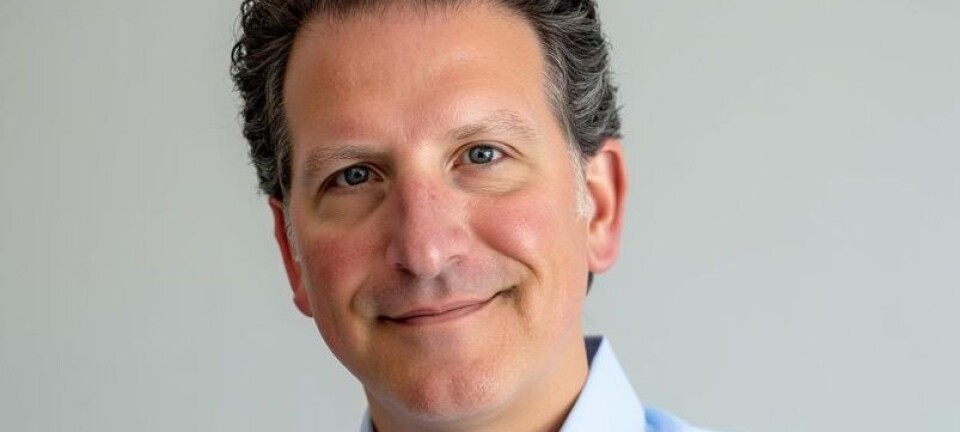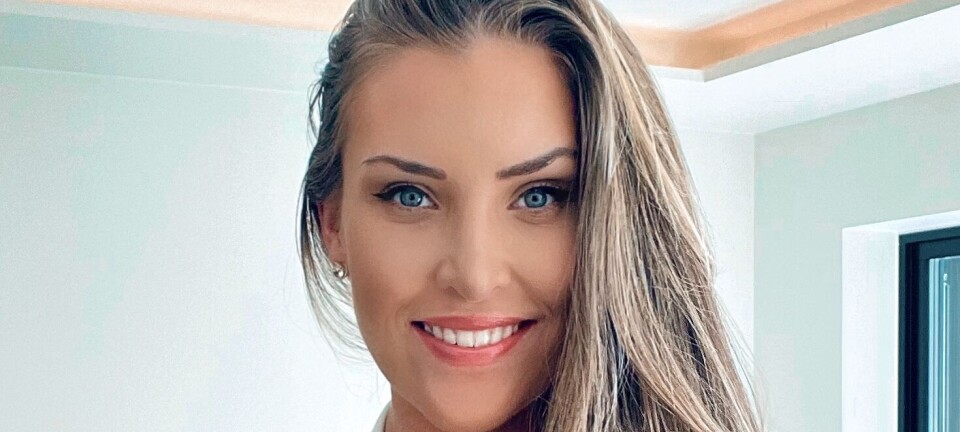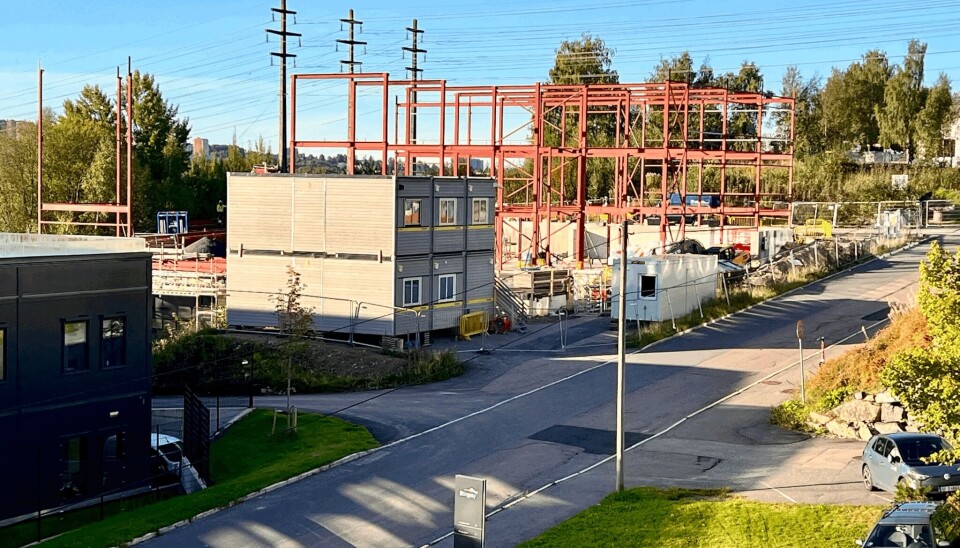
Stingray’s second factory takes shape as demand for lasers grows
Lice laser pioneer Stingray Marine Solutions said construction of its second factory in Norway, adjacent to its existing plant, is now well underway.
Factory two, in Stålfjæra, Groruddalen, Oslo, will be almost twice as big as the initial 2,200 square metre facilityS, said co-founder and CEO John Arne Breivik in a LinkedIn post.
The extra capacity will enable the company to keep up with growing demand for its technology, which removes salmon lice using camera technology, advanced software, and a targeted laser which is controlled by artificial intelligence.
Customers
Just over ten years since its commercial launch, more than 2,000 lasers have been produced and are deployed in salmon pens across Norway, with Mowi and Cermaq among Stingray’s customers.
The new factory, said Breivik, “will lift us further and facilitate a fantastic growth opportunity”, with production increasing more than tenfold in four to five years.
“We have produced 110 nodes [laser units] in 2021, 220 in 2022, 400 in 2023, 730 in 2024...and this year we will produce 1,250 new laser nodes for fish farmers at home and abroad.
Better control
“In this way, we in Team Stingray, with over 250 dedicated colleagues, can contribute to the industry gaining even better control of both salmon lice and fish welfare.
“In addition, we help the fish farmer with significantly reduced unwanted mortality in the sea phase, as well as positive contributions to sustainability.”
Danish company Novo Holdings purchased a majority stake in Stingray in October last year, providing the company with financial security and long-term stability.
A recent peer reviewed study, involving a research team from Stingray, in collaboration with the University of Bergen, found that locations that rely on lasers to combat sea lice significantly reduce the need for reactive delousing.




















